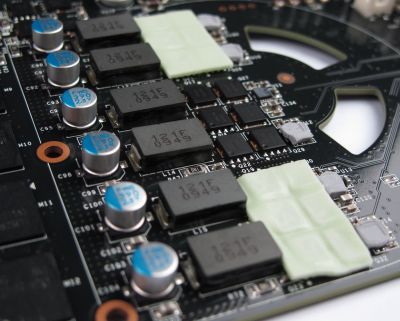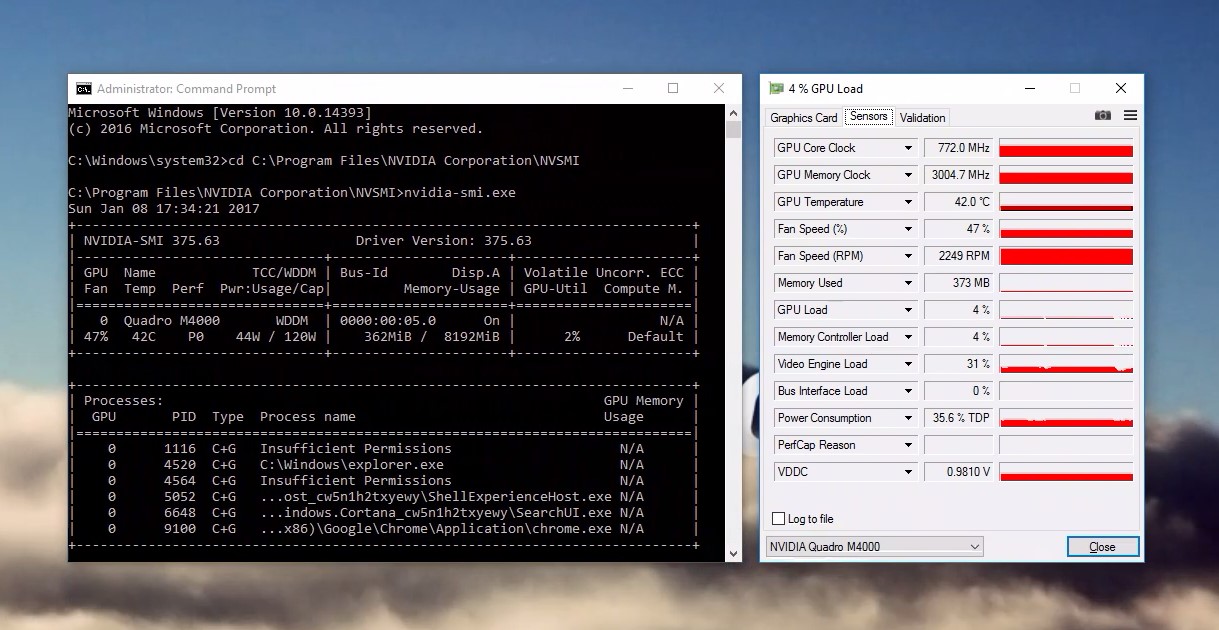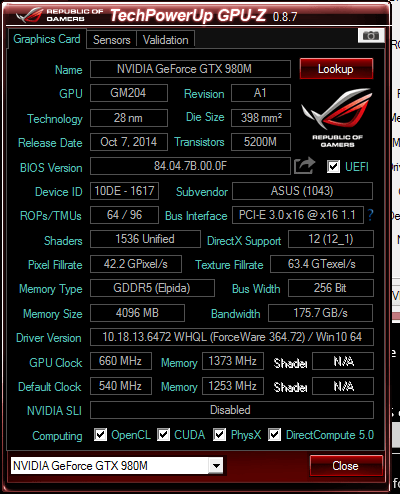

Then you check your "Reasons" variables (check Afterburner, PrecisionX, etc.) to see which one is limiting your overclock (1 means "limit reached"). Most overclockers have the best results by increasing their power limit, fan speeds, temp limit, and core clock offset. Raising your voltage is an option, but it often is counterproductive as it is the quickest way to increase your GPU heat.

You can raise your Temp Limit from its default 80c, but it's good to also increase your fan speeds to make sure that you stay below your new temperature target. In order to overclock with Turbo Boost 2.0, you have several variables you can tweak, but temperature is the all important one. Modern grafick procesory mohou bt vyuvny i k. GPU zajiuje rychl grafick vpoty a zmny obsahu videopamti, kter jsou poslze zobrazovny na monitoru.

People regularly see Turbo Boosts well above the turbo boost value listed in GPU-Z. GPU ( grafick procesor, anglicky graphics processing unit) je v informanch technologich specializovan mikroprocesor uvnit potae, telefonu a podobn. Below your Temp Limit, you'll see higher turbo boost clocks, at or above your Temp Limit, your GPU will run at its core clock speed. With Turbo Boost 2.0, the variability between whether your GPU runs closer to the basement or ceiling depends on your GPU temperatures as set by your "Temp Limit" variable. Your GPU will not go below your core clock speed and supposedly won't go above your turbo boost clock speed. The core clock speed is your basement, and the boost speed is your ceiling.


 0 kommentar(er)
0 kommentar(er)
